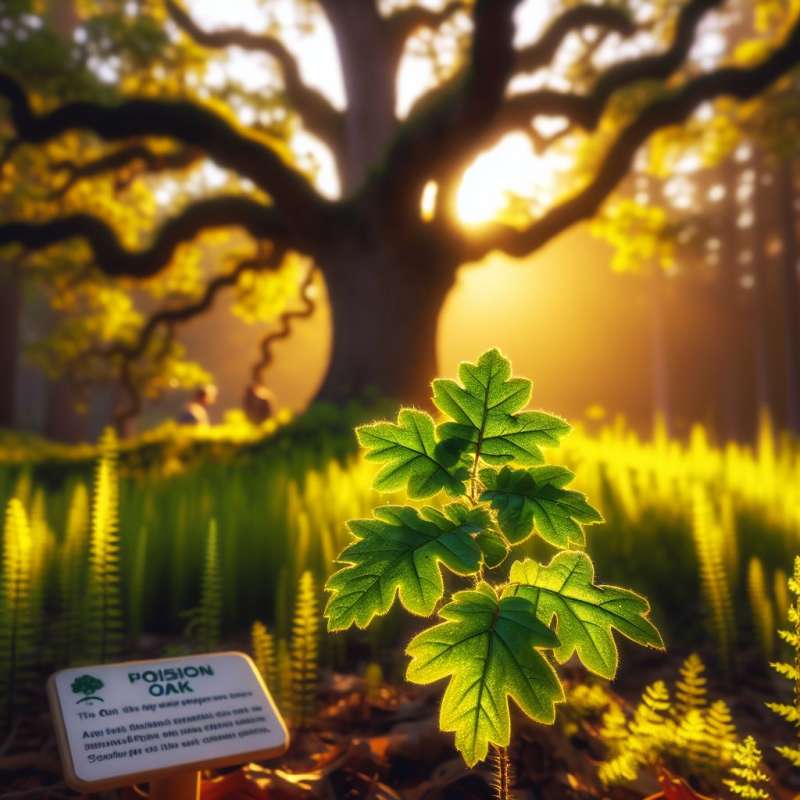
Identifying Poison Oak
Poison oak is a plant that can cause allergic skin reactions. Learn to identify it by its distinct features to avoid unpleasant encounters.
Leaves of Three
Remember the saying 'leaves of three, let it be.' Poison oak typically has three leaflets, which can be a telltale sign of its presence.
Seasonal Color Changes
Poison oak leaves change color with seasons: green in spring, greenish-white or pink in summer, and red or orange in fall.
Berry-like Structures
After flowering, poison oak produces greenish-white or tan berries. These clusters can help distinguish the plant, especially when leaves are absent.
Varied Growth Forms
Poison oak is versatile, appearing as a dense shrub in sunlight, or a vine climbing up trees in shaded areas, adapting to its environment.
All Parts Are Toxic
Every part of poison oak contains urushiol, the oil causing allergic reactions. It remains active on dead plants and can be spread by smoke if burned.
Not Always 'Oak'
Despite its name, poison oak is not related to oak trees. It's part of the sumac family, and its resemblance to true oak leaves is coincidental.Poison Oak's Fire Risk
In wildfires, poison oak smoke can carry urushiol, causing severe respiratory reactions even if you don't touch the plant.
What distinctive feature has poison oak?
Always has berries
Leaves in groups of three
Leaves are always green
Company